The Rise of Fake IDs in Modern Culture
**The Rise of Fake IDs in Modern Culture**
Fake driver's licenses and other identity documents are no longer exclusive to criminals or fictional spies like James Bond. They have permeated college campuses and streets across the United States. According to recent studies, 32% of college students admit to owning fake IDs.
**The Digital Age and Access to Dubious Products**
While the digital age has democratized access to information, it has also facilitated the availability of questionable products.
**Impact on Online Alcohol Sales**
Statistical data reveals a troubling trend: Online alcohol sales are projected to reach $40 billion by 2026. This surge reflects not just numerical growth but also a shift in consumer behavior, with 44% of online shoppers starting to buy alcohol online in 2020, up from 19% the previous year.
**Challenges Faced by Businesses**
The ease of obtaining counterfeit credentials poses significant challenges for businesses, particularly those selling age-restricted products like alcohol. Understanding the implications—from financial losses to operational complexities—is crucial for long-term viability.
**Search Trends and Accessibility**
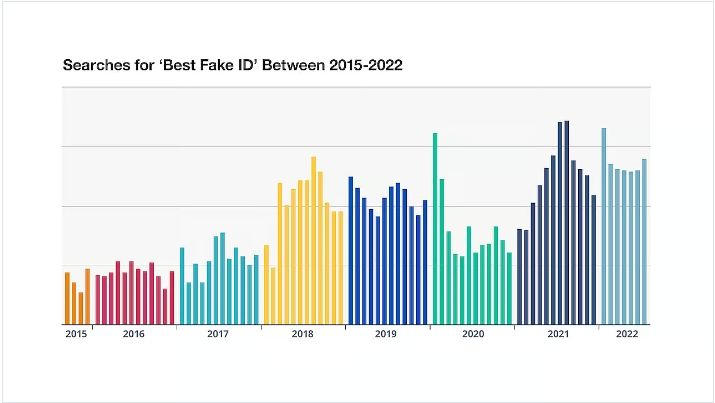
Search data shows a consistent rise in interest for fake IDs, with a dip in 2020 likely due to pandemic-related closures. Interest remained stable in 2022, averaging between 2,500-3,000 searches.
**Navigating the Impact on Q-commerce and Last Mile Businesses**
Enterprises involved in Q-commerce and last-mile delivery face unique challenges due to the proliferation of counterfeit IDs. A comprehensive understanding of these challenges is essential for sustained success.
**Financial Implications**
Fake IDs like a New fake ID can severely impact corporate profits. Each instance of false verification may lead to financial losses. Furthermore, the revocation of liquor licenses can result in substantial revenue loss for enterprises.
How Fake IDs and Pricing Strategies Affect Underage Alcohol and Cigarette Sales
Retailers who sell alcohol and cigarettes to underage customers are not particularly concerned about legal repercussions. Typically, sales are made by low-wage clerks who prefer to avoid conflict with customers insisting on a purchase. In some cases, the sales might be conducted by individuals more interested in the store's profit, such as the store owner.
In these instances, it is not uncommon for store owners to charge a premium. For example, a six-pack of beer normally priced at $5.00 might be sold to underage customers for $10.00.Fake IDs provide clerks or store owners with an "excuse." They can claim that the underage customer presented an ID that appeared to be legitimate, making it difficult for the clerk to distinguish between real and fake IDs. In reality, individuals who sell alcohol and cigarettes encounter IDs almost as frequently as police officers and are usually quite adept at determining their authenticity.Most fake IDs I have encountered are laughable. They are either standard designs from High Times magazine or poorly altered by the holder.
If a fake ID can be scanned with 2D barcode software, it is considered "scannable."
In New Jersey scannable ID. If a fake ID can be scanned using 2D barcode scanning/decoding software, it is considered "scannable." To make a scannable fake ID effective, it is simply formatted into a readable barcode. This is relatively easy. Fake ID manufacturers can use existing IDs with valid barcodes and add new information to the front of the ID, or they can replicate barcodes they know to be valid. Alternatively, they can reverse-engineer existing barcodes and reconstruct them with the desired personal information.
These are three simple and common methods for creating scannable fake IDs with minimal effort. Since creating scannable PDF417 barcodes is straightforward and ID scanning technology is ubiquitous, almost all modern fake IDs are scannable. The barcode information on a fake ID will be parsed and populated in the same way as on a genuine ID. Recent advancements in artificial intelligence have allowed us to inspect the barcodes themselves, helping to identify potential “Easter eggs” that may indicate the ID is counterfeit or at least suspicious. Some common examples of these “signs” An An example of a Connecticut scannable ID:include In Idaho, the code “BWN” is used to indicate the ID holder has brown eyes. If we scan an Idaho ID and find “BRN” in the eye color field, it suggests the ID is fake.
Information Matching:
Different states store information in IDs in varying orders. Some states may list the first name before the last name, while others may do the opposite. We know the correct order for each state, so IDs with data formats that don’t conform to known standards can be flagged.
Data Order Variations:
Since we process hundreds of thousands of IDs through scanning software each month, we train our AI to detect patterns and catch these subtle defects in 2D barcodes. Our software performs hundreds of security checks on each scanned ID, allowing us to detect some fake IDs even without authentication hardware. Equally important is the information printed on the front of the ID. On legitimate IDs, all information stored in PDF417 and 1D barcodes will match the data printed on the front of the card. This is another method for detecting fake IDs and ideverest effectively addresses this technical issue. Not just Georgia scannable IDs or Pennsylvania fake IDs.
When counterfeiters market their IDs, they clearly want to present them as “scannable fake IDs,” as those without this capability may be useless. Therefore, when these “makers” acquire fake IDs to forge others, they typically purchase genuine IDs with information encoded in the PDF417 and 1D barcodes. They simply reprint the information on the card’s front to match the person purchasing the fake ID (usually a minor).
Information Matching:
So how do you determine if the information does not match? This is where ID scanning technology becomes relevant. By using an ID scanner, businesses can read the encoded information in the barcode while also reading the data on the front of the ID. Using OCR (optical character recognition), the software compares the information on the ID’s front with the encoded data on the back. If these details do not match, the ID is almost always fake.
Front/back matching is a method for identifying simple fake IDs that simply reuse existing 2D barcodes.
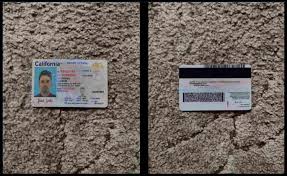 MississippiDLFake ID
MississippiDLFake ID
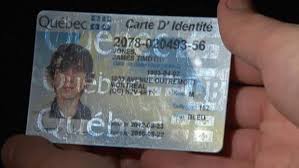 IndianaFake ID
IndianaFake ID
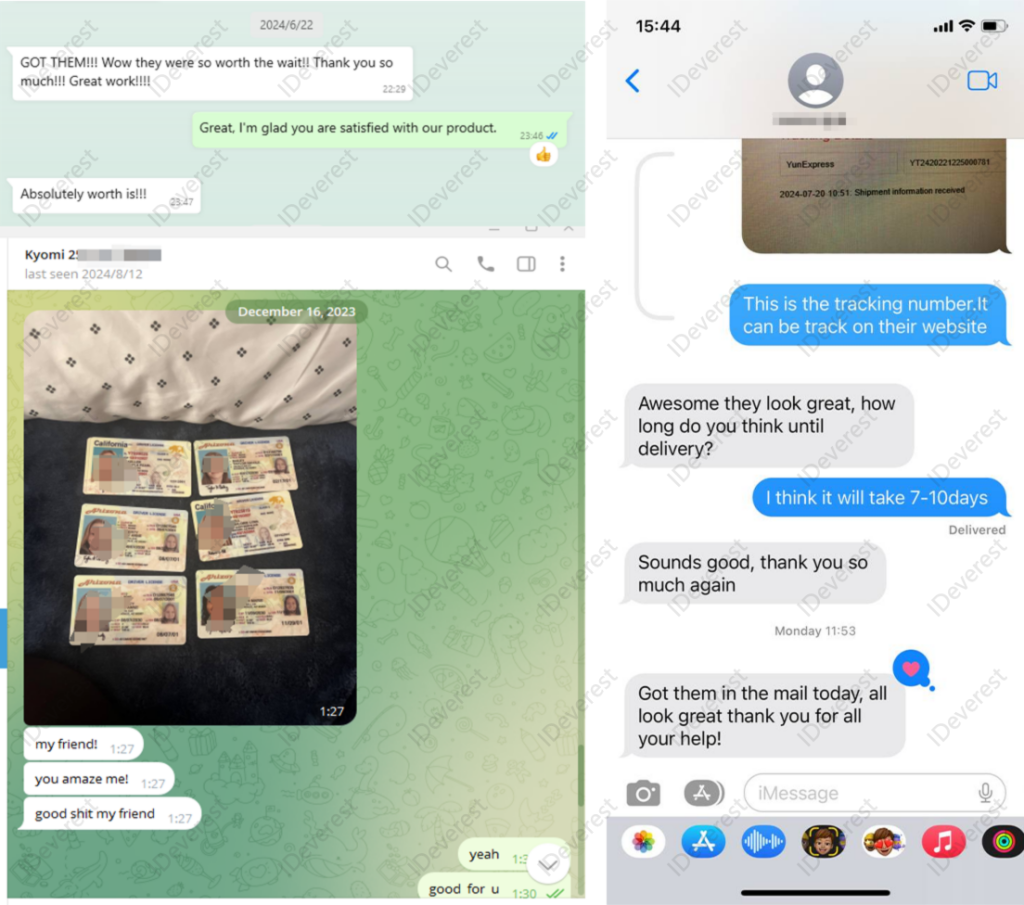 MassachusettsFake ID
MassachusettsFake ID
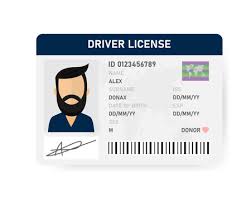 MichiganFake ID
MichiganFake ID